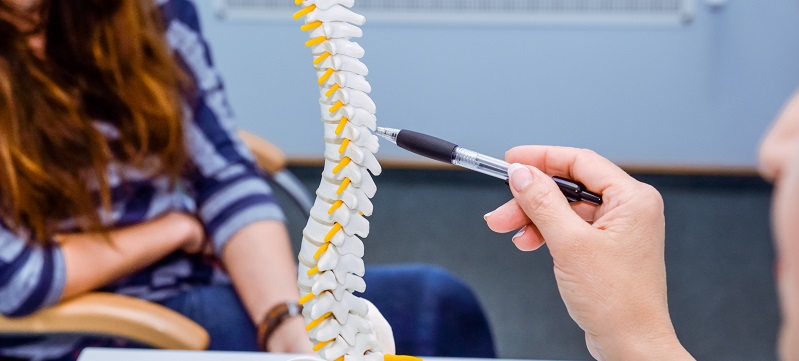Why Do Spinal Ligaments Thicken?
Category: Spine | Author: Stefano Sinicropi

Your spinal ligaments help to provide support and assist in everyday movements, but like any soft tissue, they can become damaged or injured. Oftentimes in the spinal column, problems with ligaments are the result of ligament thickening. In today’s blog, we take a closer look at why your spinal ligaments may thicken, what problems they can cause and how you can help to prevent ligament thickening.
Causes Of Spinal Ligament Thickening
Spinal ligament thickening, also known as hypertrophy, can develop for a number of reasons. The most common reason for this thickening is due to a natural process that occurs as we age. Over decades of wear and tear, these ligaments become less flexible. Ligaments slowly harden and thicken, and while they don’t always cause symptoms, it’s why we typically don’t feel as spry in our golden years as we did in our youth.
While aging is the most common reason for eventual ligament thickening, it’s not the only cause, and since we can’t stop time, we’re going to focus on some of the other factors that can lead to earlier onset ligament thickening and how you can treat it. Other causes or risk factors for spinal ligament thickening include:
- Untreated spinal injuries that create tension or instability for the spinal tendons.
- Being overweight, which causes the spine and its supporting structures to handle more stress.
- Poor posture
- Repetitive motions
- Chronic spinal inflammation
Chronic spinal stress and untreated inflammation will result in scar tissue formation in the body. If this scar tissue ends up developing in the spinal ligaments, this less flexible tissue can have the same effect as spinal ligament thickening.
Left untreated, your spinal ligaments can thicken, which can cause a whole host of issues for your body. This thickening can encroach on spinal nerves and lead to spinal stenosis, or it can cause problems for the nerves themselves in the form of neck pain, lower back pain, numbness or weakness in the extremities.
Treating Thickened Spinal Ligaments
You can’t stop your body from aging, but there are a number of ways to reduce your risk of spinal ligament thickening based on the bulleted list above. Taking care of back pain when it develops, working towards a healthy weight, maintaining an ideal posture and making corrections when you find yourself with poor posture, avoiding repetitive motions, giving your body time off between activities, and working with your doctor to resolve lingering spinal inflammation can help offset the common causes or spinal hypertrophy.
If you’re dealing with any of the symptoms listed above, or you’re starting to deal with some mild discomfort and you believe a ligament issue may be at play, reach out to Dr. Sinicropi and the team at the Midwest Spine & Brain Institute. We’ll be happy to get to the bottom of your issue and set you up with an individualized treatment plan. For more information, or for help with your back pain, give our team a call today at (651) 430-3800.